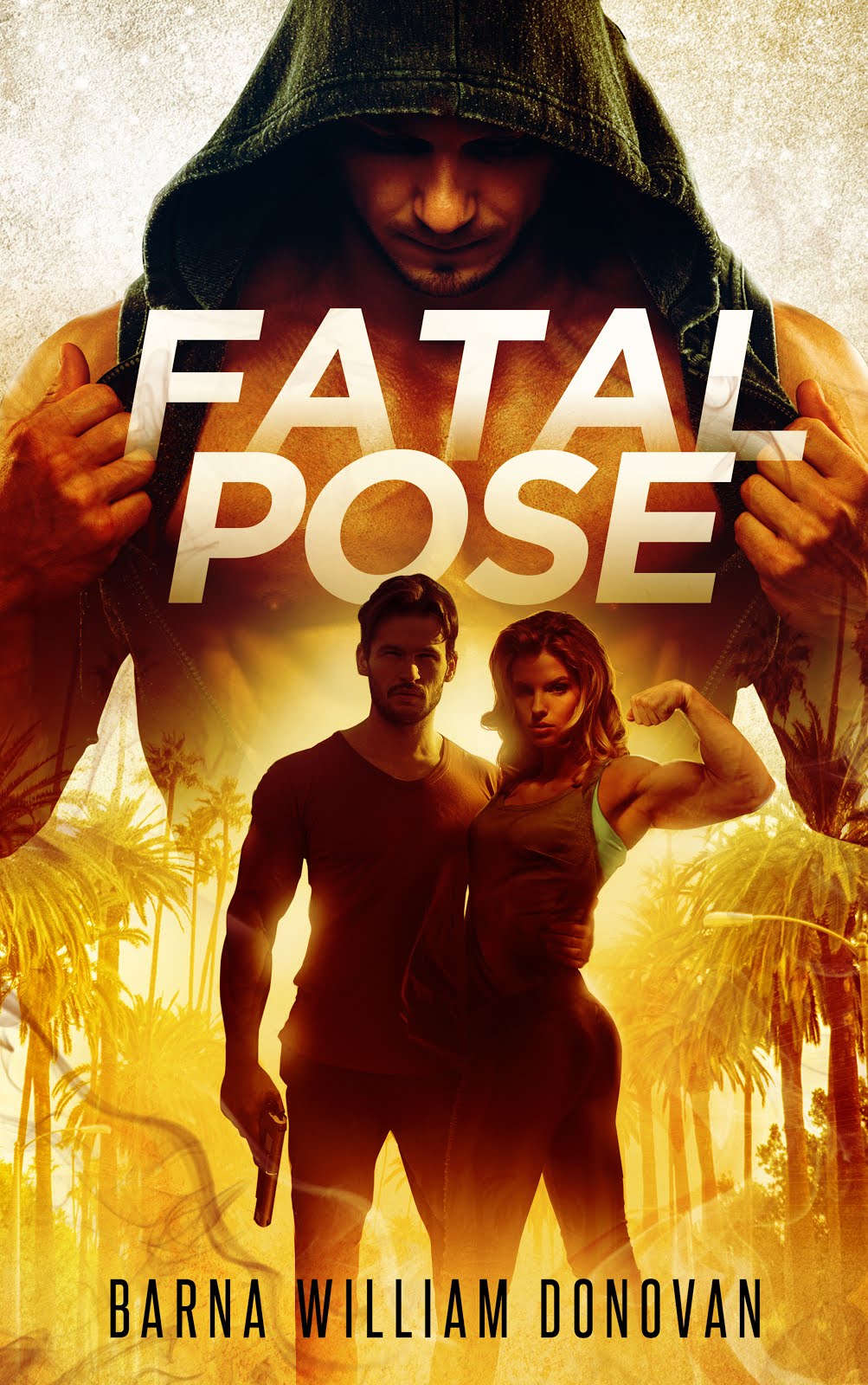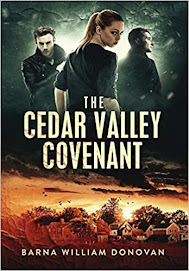If you love vampires as much as I do, take a look at the above special edition magazine about the undead on magazine racks everywhere! I am quoted extensively in this issue discussing the history of beliefs in vampires, and how these creatures have been such a fascinating open text for storytellers for perhaps as long as people have been telling scary stories.
The magazine traces the history of vampires from ancient religions and folklore to literature and modern popular culture like films, TV shows, fashions, role-playing games, and even people who live the vampire lifestyle 24/7. From monstrous vampires to sexy vampires, immerse yourself in the world of the undead in this magazine and see why vampires are the most attractive of all supernatural being.
In the article “Undead Evolution,” check out my quotes on how even the narrative structure of such out-there conspiracy theories like Pizzagate and QAnon have incorporated the themes and plot structure of Bram Stoker’s “Dracula.” Diabolical elites with enormous wealth at their disposal hunting humans—especially children—for Satanic blood-drinking rites in a far-reaching plot to poison and undermine society sound familiar? Sure, it’s Count Dracula’s evil plan to buy up London real estate and prey on unsuspecting humans. And it’s also at the core of the QAnon mythos with its fantasies of blood-drinking elites in the Deep State and the New World Order running the world and sacrificing abducted children in catacombs under pizza parlors. For over a hundred years, however, no one has ever believed that “Dracula” was anything other than fiction. It’s a strange world we live in, though, when the high foolishness of QAnon has sucked in so many believers. It’s almost like modern conspiracism has become a mind-plague that spreads through the population like a vampire disease.















